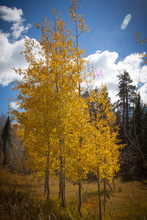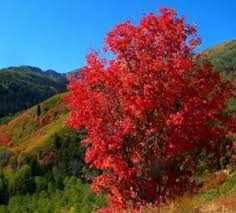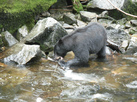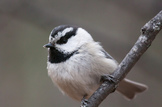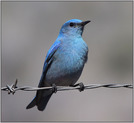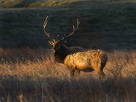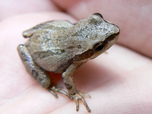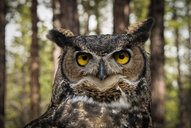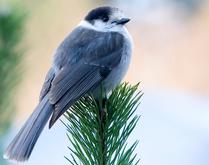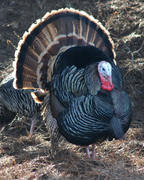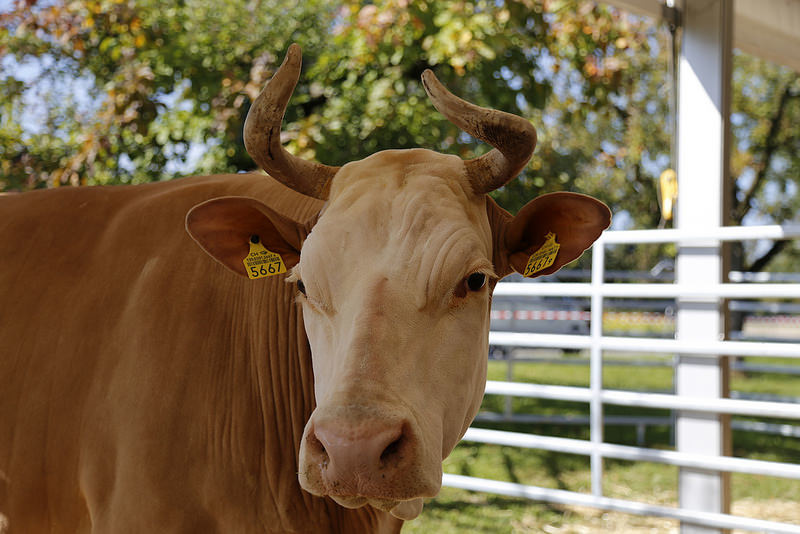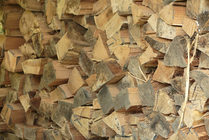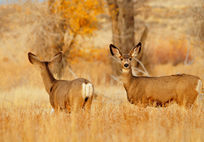Elevation, Precipitation, and Temperature
Elevation: 5,500 to 9,000 feet
- Average cool temp: 32F degrees or below
- Precipitation for January ,February snow: less than 10 inches
- Precipitation rain per year: Seven inches
Major Producers
Lodgepole Pine
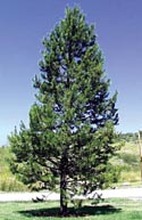
- The Lodgepole Pine is coniferous
- It is a highly adaptable tree that can grow in all sorts of environments
- Lodgepole Pines are one of the first trees to grow after a wildfire
- Lodgepole Pine cones protect itself by a seal of pitch that requires fire or heat to release the seeds. This allows seeds to stay on the ground for many years until it provides growing conditions.
- Their habitat is Montane, Oak-Shrubland ecosystem on both sides of the Continental Divide
Chokecherry
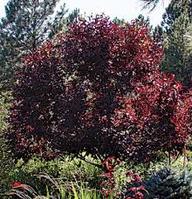
- Their habitat of Chokecherry is found in central and northern United States and southern Canada.
- chokecherry is a deciduous
- chokecherry was used for both settler and native people's concocted cough
headaches and diarrhea.
Quaking Aspen
|
Rocky Mountain Maple
Ponderosa Pine
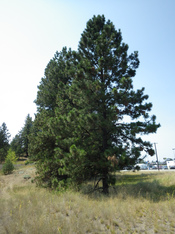
- Ponderosa is a coniferous tree
- Their habitat is native to the western United States and Canada.
- Ponderosa Pine is widely used in the woodworking field for fabricating into architectural woodwork, furniture and specialty products
Major Consumers
|
American Black Bear
|
Mountain Chickadee
|
Mountain Bluebird
|
|
Western Terrestrial Garter Snake
|
Elk or Wapiti
|
Western Chorus Frog
|
American Black Bear
- The habitat of the American Black Bear can be found in mountain areas, swamps and forests.
- The black bear is a carnivore and it is an omnivore and most of its diet is of plants, twigs, buds, leaves, nuts, roots, fruit, corn and berries but it also eats bees, honey and will tear up the rotting logs to get grubs. They also eat beetles and insects. The black bear also catches fishes.
- The American Black Bear spend all winter season sleeping in their dens, living on body fat they have built up by eating ravenously all summer and fall.
Mountain Chickadee
- The mountain chickadee lives in evergreen forests. For nesting they seek out open Aspen trees for their soft wood.
- Mountain Chickadee eat oil, sunflower seeds, suet and peanut butter.
- The Mountain Chickadee nest in tree cavities. They are not able to build their own nest so they use abandoned woodpecker holes.
Mountain Bluebird
- Mountain bluebird breeds in high mountain meadows with scattered trees and bushes and short grass.
- Food is mealworms, fruit, berries, insects, and suet.
Western Terrestrial Garter Snake
- Western Terrestrial Garter Snake live in moist areas and near water such as ponds, damp meadows, and open grassland forests.
- they eat a lot of things like insects, slugs, leeches, and worms
Elk or Wapiti
- Elk used to live in most of North America, but were killed off and moved to reservations mainly in Western North America. They are usually in large, flat, open, grassy meadows.
- They are herbivores and eat mainly grass though they eat many herbaceous plants too.
- An elk has a special stomach to digest all the food it takes in. An elk's stomach actually has four parts.
Western Chorus Frog
- Western chorus frogs stick to mostly permanent freshwater areas, such as marshes, river swamps, meadows, grassy pools, and other open areas found
- Western Chorus Frog's favorite bugs to eat are thrips, leafhoppers, beetles, flies and ants. They also frequently eat spiders, worms and tiny snails.
Birds
Six common birds in the Montane, oak-shrubland ecosystem consist of the Northern Goshawk, the Cooper’s hawk, the Great horned owl, the Raven, the Gray jay, and the Wild Turkey.
Northern Goshawk
The Northern Goshawk lives in North America and Eurasia in forests, dense woods, and mature forests. It eats large birds, rabbits, squirrels, and hares. It must adapt to maneuvering through the thick vegetation of the woods, crashing through it willingly. It also builds huge, bowl-shaped nests out of sticks, bark, and greenery, inside of large trees.

- The Northern Goshawk’s name come from the old English words “gos” which means goose, and hafoc which means “hawk”.
- In French, you say Northern Goshawk like this: Autour des Palombes and in Spanish it’s: Gavilán azor.
Cooper’s Hawk
The Cooper’s Hawk lives in leafy greenery, woodlands, forests. It eats chipmunks, squirrels, hares, mice, many birds (though not usually small birds), and bats. It must adapt to flying through dense tree canopies, therefore being very skillful flyers. It builds its nests on big tree branches mostly out of sticks, but it’s lined with bark flakes and green twigs. It usually takes about two weeks to build a nest.
Great Horned Owl
The Great Horned Owl lives in almost all of North America’s open spaces. In deserts, cities, wetlands, backyards, grasslands, forests, and between the tropics and the Arctic and almost anywhere with semi-open spaces. They mainly eat mammals and birds. They usually hunt nocturnally, though they sometimes hunt in bright daylight. They adapt to facing threats by hissing and screaming. They also build their nests in trees, though they usually settle into nests that were built by other species or they nest in tree cavities.
Raven
Ravens live in the Northern Hemisphere in grasslands, beaches, deserts, islands, mountains, fields, forests, tundra, and ice floes. They are very good around humans too. Ravens will eat almost anything they can get. They eat dead flesh of animals, small animals, baby tortoises, some insects, Rock Pigeons, Great Blue Herons, fish, berries, dog and wolf feces, grains, buds, garbage, picnic tables, and pet food. Female Ravens build their nests out of wire and bones. They build their nests on cliffs, telephone poles, towers, bridges, and trees.
Gray Jay
Gray Jays live in the subalpine forests of North America. They eat berries, birds, fungi, insects, and small mammals. They also rob nests, eat dead animals and eat human scraps. They stay with their mate for their entire life and adapt to building nests in trees. They make their nests out of sticks, twigs, bark, and lichens, then they line it with feathers and fur.
Wild Turkey
Wild Turkeys live in all forty nine states except Alaska. They live in areas of Mexico, and parts of Canada. They live in mature and humid forests. They eat mostly plants, nuts, and some fruits. The Wild Turkeys make their nests in the ground. The females dig a large hole into the soil, and then line it with dead shrubbery. Wild Turkeys sleep in tree limbs for the night and like to roost within their flocks.
